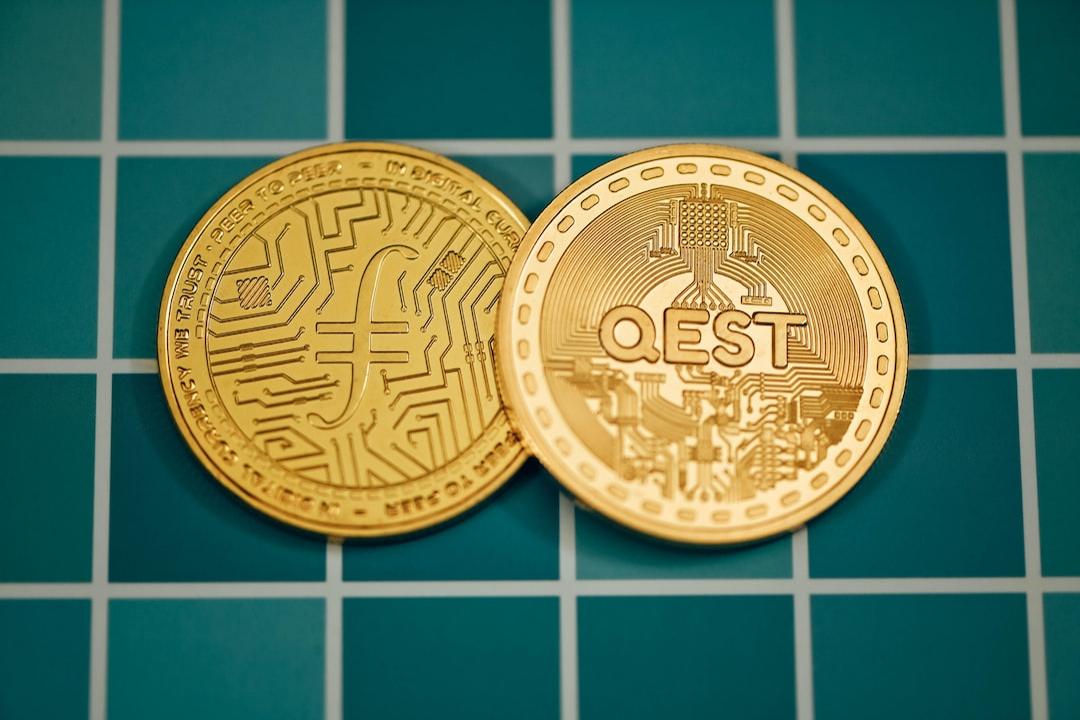The National Agency for Prospective Projects (NAPP) in Uzbekistan has made a groundbreaking move to reshape the cryptocurrency industry in the country. On Tuesday, March 19, 2024, the agency announced a new directive that aims to increase the monthly operational fees for participants in the crypto market. This development is set to have a significant impact on the sector, as it promises to double the revenue generated from cryptocurrency operations in Uzbekistan. Let’s take a closer look at the implications of this directive and what it means for the future of the industry in the country.
The new directive introduces a revised fee structure that brings about substantial changes to the financial obligations of crypto market participants. It builds upon a previous directive by the Ministry of Justice in September 2022, indicating the government’s evolving stance on cryptocurrency regulation.
According to the new fee system, crypto exchanges are now required to pay a monthly fee of 740 basis reference value (BRV), which is approximately 251.6 million Uzbekistani som ($20,015). This represents a significant increase from the previous fee of 400 BRV, or 136 million som ($10,819). The BRV is a critical metric in Uzbekistan used for calculating various financial transactions, highlighting its importance in the regulatory framework.
Similarly, crypto retailers will face a steep hike in their monthly fees, which have been set at 185 BRV, or 62.9 million som ($5,003). This is a significant jump from the previous fee of 20 BRV, roughly 6.8 million som ($540), indicating the government’s intent to leverage the profitability of the sector.
The NAPP’s decision to revise the fee structure is driven by an assessment of the “adequate profitability” within the cryptocurrency retail and exchange sectors. By introducing these new fees, the agency aims to significantly boost state revenue derived from the crypto industry. It is expected that the revenue generated from the sector will double with the implementation of the new structure, showing the Uzbekistani government’s bullish outlook on the potential of the crypto market.
Furthermore, the NAPP has assured that the updated pricing structure will not negatively impact the financial stability of industry service providers. This balanced approach aims to increase state revenue while ensuring the continued viability of the crypto market. The new fee structure will come into effect on June 20, providing market participants with a three-month window to adjust to the changes.
This announcement of increased fees follows several significant regulatory developments in Uzbekistan’s crypto landscape. The NAPP recently signed a Memorandum of Understanding with Tether, a leading stablecoin issuer, to explore and promote blockchain-based innovations in the country. The partnership aims to establish a comprehensive legal and regulatory framework for crypto assets in collaboration with Uzbekistani regulators.
Uzbekistan’s proactive approach to regulation and innovation is part of a broader strategy to foster a regulated and thriving crypto ecosystem. The country has restricted the provision of crypto services to licensed firms, with the first licenses issued to local crypto companies in November 2022. These regulatory measures were implemented following restrictions on access to international crypto exchanges, such as Binance, FTX, and Huobi, due to allegations of unlicensed activity.
In conclusion, Uzbekistan’s decision to increase fees for crypto operations is a significant milestone in the country’s approach to regulating the cryptocurrency market. By leveraging the sector’s profitability, the government aims to double its revenue, demonstrating a confident and strategic stance towards the future of digital currencies in Uzbekistan. With the new fee structure set to take effect and ongoing international collaborations aimed at fostering innovation, Uzbekistan is positioning itself as a key player in the global crypto landscape, balancing regulatory oversight with the promotion of technological advancement.

